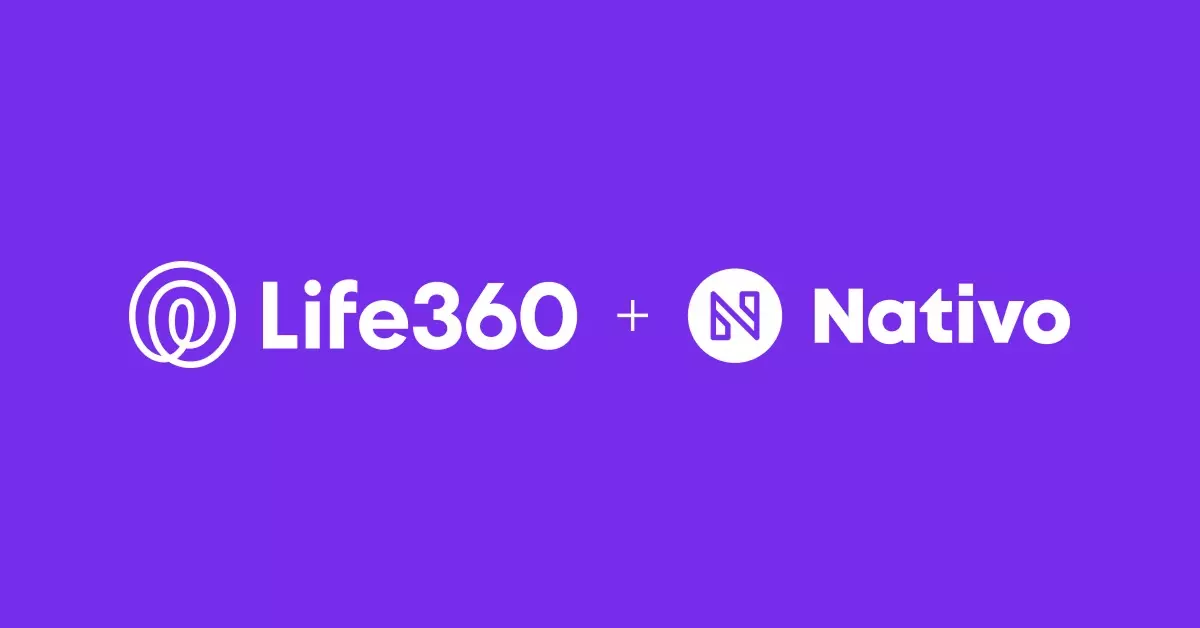What Is an Example of Contextual Targeting?
.png)
Moving into a privacy-first and cookieless digital marketing landscape, contextual targeting has become a linchpin strategy for brands looking to engage their audience with precision and relevance. By aligning advertisements with the immediate context of users' online experiences, marketers can create impactful campaigns that resonate with specific interests, behaviors, and moments.
But what does contextual targeting look like in practice? As global spending on this important approach continues to grow, let's take a look at a few real-world examples that showcase the versatility and effectiveness of contextual targeting across different channels.
Dynamic Product Recommendations in E-Commerce
Consider an online retail scenario where a user is browsing a fashion website. With contextual targeting, the platform can analyze the user's current activity, including the products they are viewing, the pages they are navigating, and their past purchase history. Based on this context, the e-commerce site can dynamically generate product recommendations in real-time. For instance, if a user is exploring summer dresses, contextual targeting algorithms may suggest complementary items such as sandals, sunglasses, or beach accessories. This personalized approach not only enhances the user experience but also increases the likelihood of the user making additional purchases.
Contextual Video Advertising on Streaming Platforms
Streaming platforms provide an excellent opportunity for contextual targeting, particularly in the realm of video advertising. For instance, a streaming service can analyze the genre, actors, or themes of the content a user is currently watching. Based on this contextual understanding, the platform can deliver targeted movie trailers or promotional offers related to similar genres or upcoming releases. This not only enhances the user experience by providing relevant recommendations but also boosts the impact of the advertising content by aligning it with the user's current viewing preferences.
Social Media Contextual Targeting for Engagement
Social media platforms offer rich opportunities for contextual targeting, given the wealth of user-generated content and interactions. Consider a scenario where a user is actively engaged in discussions about fitness and healthy living on a social media platform. Contextual targeting algorithms can identify this context and deliver ads for fitness equipment, workout gear, or nutrition products. By aligning the advertisements with the user's expressed interests in real-time, brands can significantly increase the chances of meaningful engagement and conversion.
Contextual Display Ads on News Websites
News websites offer a prime example of contextual targeting in action. Consider a user reading an article about the latest technology trends and developments. Contextual targeting can analyze the content of the article and deliver display ads for tech gadgets, software, or online courses related to the discussed trends. By aligning the advertisements with the context of the news article, brands can effectively target users interested in the latest tech developments, maximizing the relevance and impact of their advertising content.
Contextual Targeting in Mobile Apps
Mobile apps also provide fertile ground for contextual targeting due to the diverse content users engage with on their smartphones. For instance, if a travel app user is exploring information about a specific destination, the app can deliver targeted ads for local attractions, hotels, or travel services. This not only enhances the user experience within the app but also presents advertisers with a prime opportunity to connect with users at a moment when they are actively seeking relevant information and suggestions.
Contextual Native Advertising in Content Destinations
Content destinations, where users consume articles, blogs, and other written content, represent valuable destinations for contextual targeting with native advertising. Consider a lifestyle blog featuring articles about outdoor activities. Contextual targeting can analyze the content and seamlessly integrate native ads for outdoor gear, adventure tours, or eco-friendly products. By aligning the advertisements with the themes and interests of visitors to the content destination, brands can engage with users in a non-intrusive manner that feels like a natural extension of their browsing experience.
For example, the Alaska Travel Industry Association (ATIA) recently sought to expand the seasonal travel image of Alaska to promote the state as a year-round destination for a more diverse range of travel interests. Leveraging Nativo's storytelling expertise and ATIA's rich destination identity, the two organizations partnered on a campaign that painted vivid narratives about Alaska's indigenous tribes and culture through a Native People Profile story, highlighting their deep connection to the land. Aided by Miles Partnership, these stories were brought to life with authenticity using interviews and vibrant images from various tribes. Utilizing Nativo’s storytelling platform, these stories were then presented at scale across premium publishers such as Fodors Travel, People, Outdoor Life, Reader’s Digest and others to enable travel intenders to discover the richness an Alaska trip has to offer.
These examples illustrate the diverse applications and effectiveness of contextual targeting across various digital channels. From e-commerce and streaming platforms to social media and native advertising, contextual targeting helps marketers to deliver personalized and relevant messages that resonate with users in the moments that matter most. As technology continues to advance, the possibilities for refining and expanding contextual targeting strategies will grow, delivering on a future where digital interactions are increasingly tailored to the unique contexts of individual users.


.jpg)

